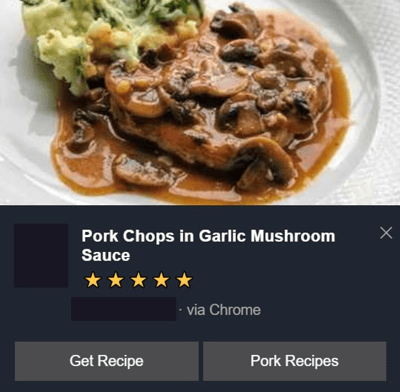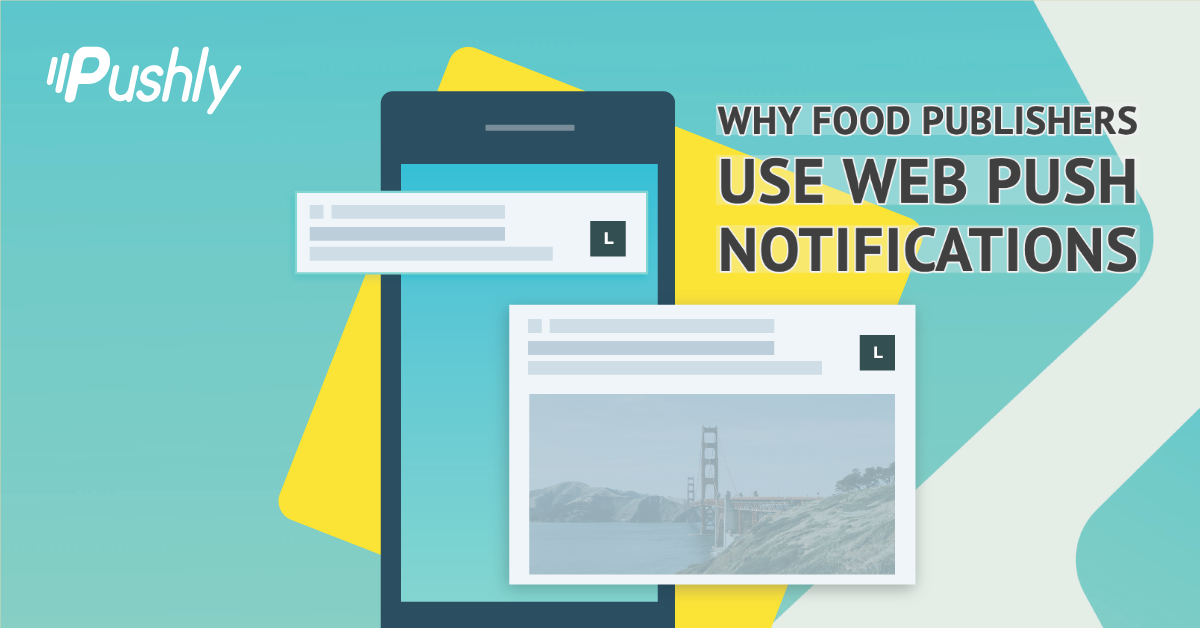There are many reasons why food and cooking publishers are the perfect fit for web push notifications. Mainly because there is always content available for targeting nearly endless consumer tastes and preferences. Whether users are hunting for breakfast, lunch, dinner, dessert, or recipes that adhere to specialty diets like gluten-free, keto, paleo, and more, food publishers have the golden opportunity to continually drive all types of visitors back to their sites.
The Pandemic-related Demand for Recipes
If there is one thing the Coronavirus pandemic has done, it has created more home chefs. The New York Times reports from a recent Hunter Food Study that 54 percent of respondents said they cook more than before the pandemic, 75 percent said they have become more confident in the kitchen and 51 percent said they will continue to cook more after the crisis ends.
Web push can help food publishers get direct insight on the types of recipes and content their customers want and when they want it, to encourage repeat visits. The push notification interaction data clearly relays what audiences are interested in or would engage with in the future. Pushly uses unique tools like action buttons, smart segmentation, and A/B tests to identify customer interests and increase engagement by sending audiences content they’ll want to consume (literally).
Push notifications drive twice the engagement generated by email campaigns and 8x more than social media posts. This kind of performance makes them the ideal way for food publishers to engage with a variety of audiences while increasing repeat visitors, page views, and ad revenue. We’ve seen this success before from our food publishing partners.

Smart Segmentation for Food Publishers
Publishers can use the Pushly platform to segment readers based on location, interest, and food content preferences. By tracking the pages a consumer has visited, and how long it’s been since they last engaged with the site, food publishers can deploy individually tailored content.
- Custom Geo Segmentation targets readers by location and sends notifications based on region or time zone. Publishers can use Geo Segmentation to understand regional trends and send notifications accordingly. For example, fried chicken might perform well in the American South, while gluten-free recipes receive more clicks in California.
- Tracking page visits helps publishers target audiences by content type. For instance, if a reader has engaged with vegan recipes in the past, they’re more likely to respond to a notification about curry roasted cauliflower than butter-basted steak. Dessert lovers, like me, will be more likely to engage with Crème Brulee than casserole.
- Pushly can ingest (pun intended) the content preferences of your users. This means your first-party data can be analyzed to target your audience with their preferred ingredients, recipes, and more! – Other site behavior can also be integrated with Pushly, for example, if a reader has searched for weekend brunch recipes in the past, a Saturday afternoon push for pancakes could be more beneficial than Wednesday morning waffles.
- Publishers can also consider driving web push traffic to sponsored partnership pages. Easily send notifications to audiences interested in, say, juicing, and get them back to an advertiser page promoting their newest cold press juicer.
Action Buttons Encourage Foodie Feedback
Publishers can use action buttons for direct insight about their readers. They’re a quick way to increase engagement by presenting the user with an additional click or link, which in turn provides publishers with extra information about their audiences.
For example, Pushly’s top-rated food publisher used action buttons to share two different recipe options all based on subscribers’ on-site activity to determine how best to reach these consumers with more relevant content in the future. In this case, these notifications act as mini-conversations where readers can give clear, survey-like answers about their preferences.
A/B Testing Boosts Push Performance
A/B testing can be used to determine which content performs best within groups using Pushly’s smart segmentation feature. For instance, a group of pescatarians could be sent either a salmon recipe or a shrimp recipe via push. After a predetermined amount of time, whichever recipe performed better in the sample group would be sent to the rest of the segment. Our top food publisher used this type of A/B test to boost performance in clicks-per-send by 16%, producing a higher-engaging notification campaign.
Connect with us here to learn more about how Pushly can drive engagement and visitor retention for your food publication.

